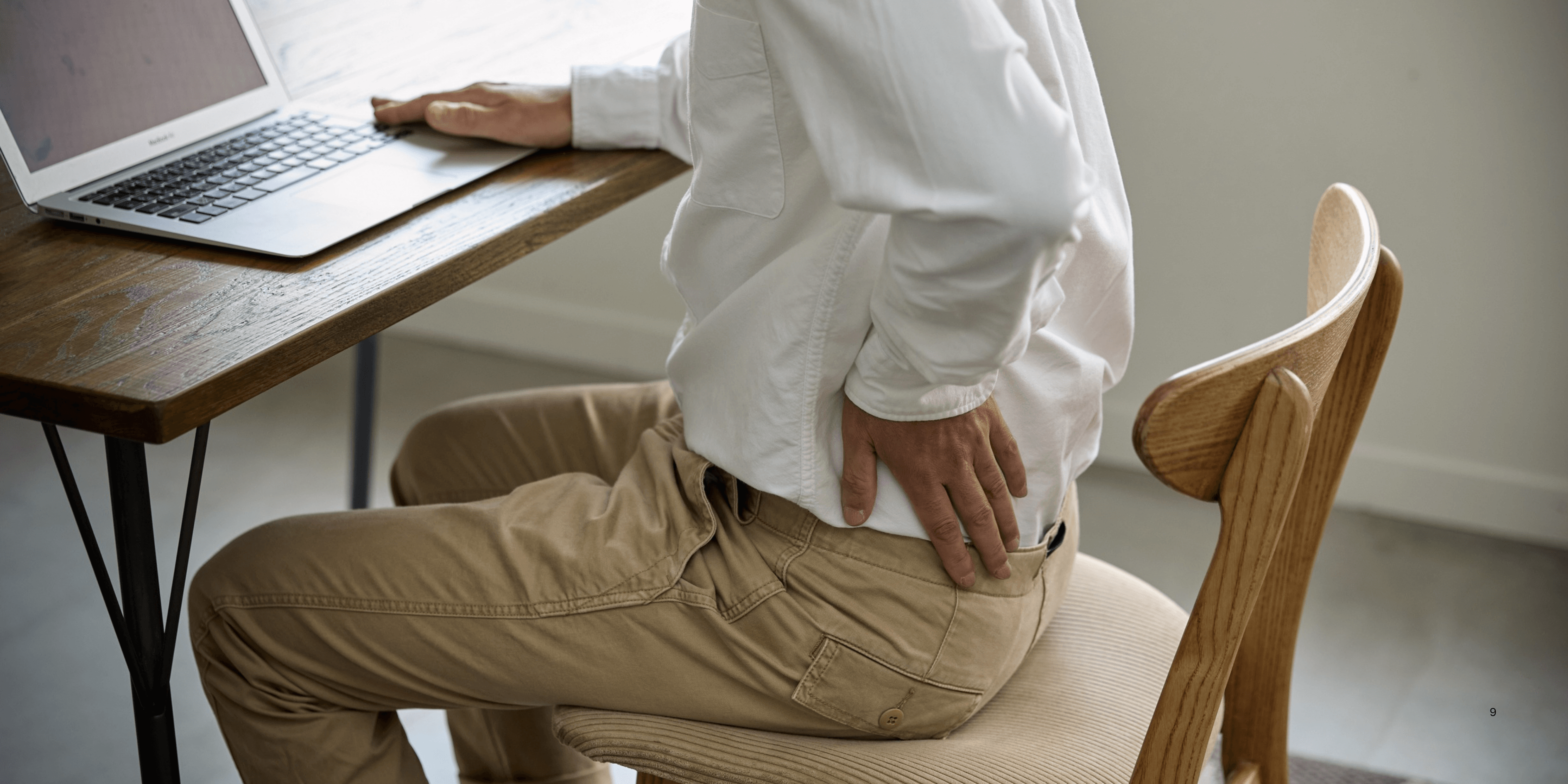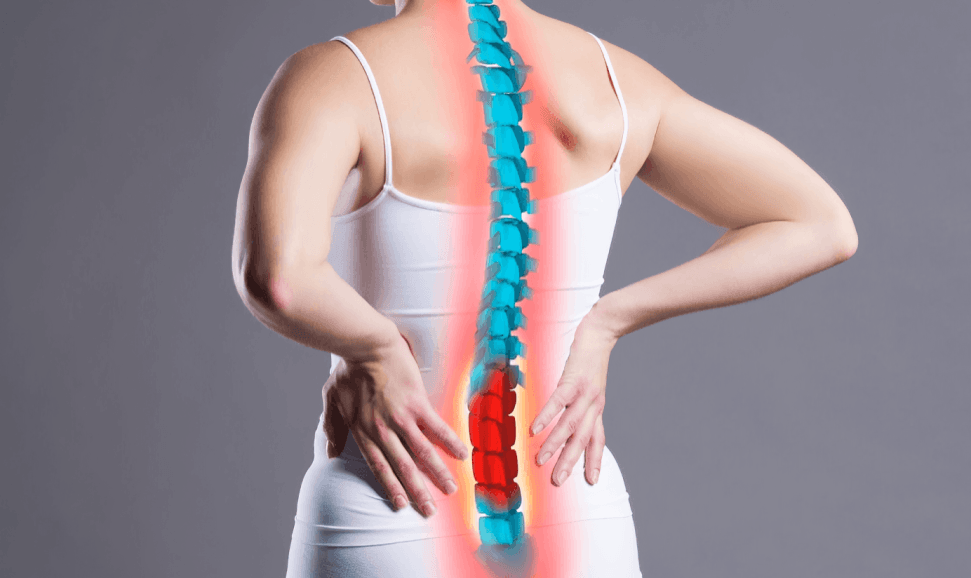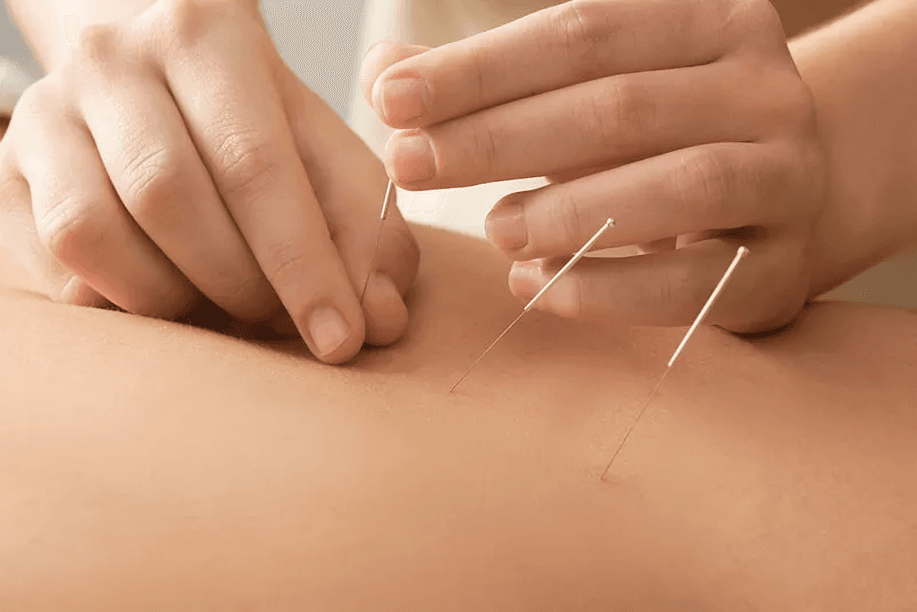
“
Sciatic nerve pain and treatment is a widely discussed topic in both clinical and home-care settings, affecting millions with shooting lower back pain radiating down the legs. Sciatica stems from irritation or compression of the sciatic nerve, the largest nerve in the body. From conservative therapies like physical rehabilitation to more advanced options like steroid injections and surgery, various treatment strategies are available depending on severity. 1
1
”
Dr. Charles Bell, the 19th-century neurologist, studied nerve roots and contributed greatly to understanding motor and sensory pathways, helping lay the groundwork for today’s sciatic nerve research.1
Sciatica refers to pain radiating along the sciatic nerve, which runs from the lower spine through the hips and buttocks down each leg, often affecting only one side of the body. 2

The most common cause of sciatic nerve pain is a herniated disc that presses on nerve roots, leading to pain, tingling, or weakness in the lower back, leg, or foot.
Sciatic pain often worsens when sitting, sneezing, or coughing because these actions increase spinal pressure, further irritating the compressed sciatic nerve fibers along the lumbar region. 3
Physical therapy focusing on stretching and strengthening the core and lower back muscles is one of the most recommended non-surgical approaches to managing Sciatic Nerve Pain and Treatment. 4
Anti-inflammatory medications such as NSAIDs are frequently used to ease inflammation around the sciatic nerve, offering short-term relief from intense discomfort and swelling. 5
Epidural steroid injections can help in severe cases by reducing nerve inflammation directly at the source, especially when conservative methods do not provide adequate pain control. 6
Piriformis syndrome is a rare condition where the piriformis muscle compresses the sciatic nerve, producing similar symptoms to true sciatica but requiring targeted muscle therapy instead.7
Sitting on hard surfaces for prolonged periods can aggravate sciatic nerve pain by increasing pressure on the lower spine and tightening nearby muscles, making ergonomic seating essential.8
Heat therapy increases blood circulation and relaxes tight muscles, while cold therapy numbs pain and reduces inflammation, making both hot and cold packs effective in managing sciatic pain. 9
Obesity increases the risk of developing sciatica due to added pressure on the lumbar spine, especially when combined with sedentary lifestyles or improper lifting techniques.10

Walking and low-impact aerobic exercises can help relieve sciatic pain by promoting circulation, reducing nerve inflammation, and strengthening back-supporting muscles.
Proper posture while sitting or standing significantly reduces the likelihood of sciatic nerve compression, especially when combined with lumbar supports and height-adjustable desks. 11
Sciatica during pregnancy is common due to the growing uterus pressing against the sciatic nerve; gentle stretches and prenatal yoga often help reduce discomfort. 12
Smoking impairs spinal disc health by limiting oxygen supply, increasing the chances of disc degeneration and herniation, which are major causes of sciatic nerve compression. 13

Alternative treatments such as acupuncture and chiropractic adjustments are sometimes used to relieve sciatic nerve pain, although results vary and should be approached with caution and guidance.
A slipped disc that causes sciatic pain can sometimes heal on its own over several weeks, particularly when supported by rest, light activity, and physical therapy.14
Loss of bladder or bowel control alongside sciatic pain may indicate a rare emergency condition called cauda equina syndrome, requiring immediate medical attention and likely surgery.15
Sciatic nerve pain can fluctuate in intensity, with some experiencing dull, aching discomfort while others report sharp, burning pain radiating to the foot or toes. 16
Nerve conduction studies and MRIs are used by physicians to diagnose the exact source of sciatica, helping tailor treatment plans for effective and lasting pain relief. 17


